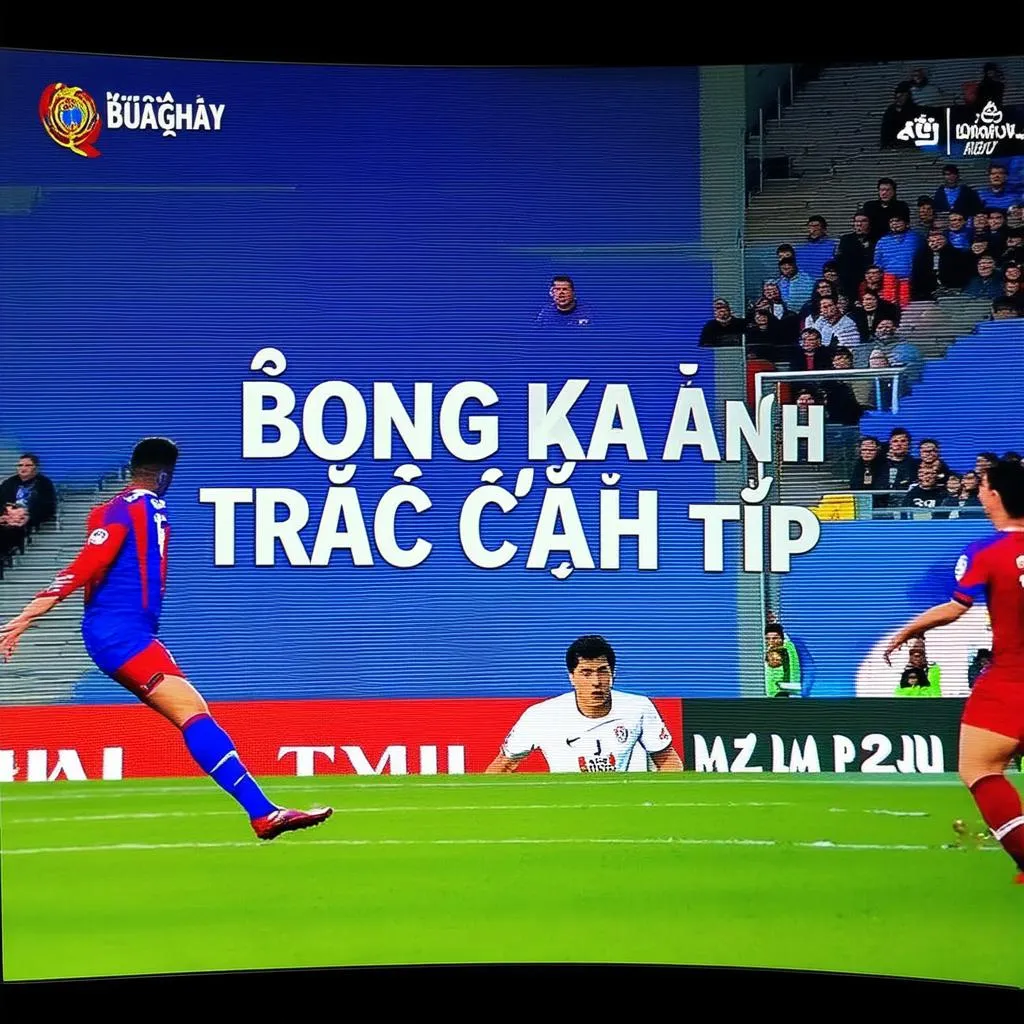Brazil’s journey in the 2010 FIFA World Cup in South Africa was one filled with both promise and disappointment. The 2010 Brazil World Cup team, laden with talent and carrying the weight of a nation’s expectations, ultimately fell short of their ultimate goal. Their campaign, marked by flashes of brilliance and moments of frustration, provides a compelling case study in the unpredictable nature of football’s biggest stage. This article delves into the squad’s composition, their tactical approach, their performance throughout the tournament, and the factors that contributed to their quarter-final exit.
The Samba Boys: A Squad Overview
Coached by Dunga, the 2010 Brazil World Cup team boasted a blend of seasoned veterans and emerging stars. The likes of Kaka, Robinho, and Luís Fabiano led the attacking charge, while defensive stalwarts like Lucio and Maicon provided a solid foundation. This seemingly balanced squad, however, faced questions regarding their midfield creativity and their reliance on individual brilliance rather than cohesive team play. Fans debated the inclusion of certain players and the omission of others, highlighting the immense pressure and scrutiny that accompany representing Brazil on the global stage. One interesting point of discussion revolved around the 2010 world cup ball and its potential impact on the team’s playing style.
Tactical Approach: Dunga’s Pragmatism
Dunga’s pragmatic approach, emphasizing defensive solidity and efficient counter-attacking, stood in contrast to Brazil’s traditional free-flowing, attacking style. While this approach yielded some success in the qualifying stages, it also drew criticism for stifling the team’s creative flair. Some argued that the system limited the impact of players like Kaka, whose playmaking abilities were not fully utilized. Was Dunga’s pragmatism a necessary evil or a missed opportunity to unleash the full potential of Brazil’s attacking prowess?
Group Stage Dominance and Emerging Concerns
Brazil navigated the group stage with relative ease, topping Group G with victories against North Korea and Ivory Coast and a draw against Portugal. Despite their unbeaten run, concerns lingered about their attacking fluidity and their vulnerability against organized defenses. The lack of a genuine playmaker in midfield continued to be a talking point. Furthermore, the team’s dependence on individual brilliance raised questions about their ability to perform consistently against stronger opposition. Knowing the country of world cup hosts added an interesting dimension to the analysis.
Quarter-Final Heartbreak: The Dutch Demise
Brazil’s World Cup journey came to an abrupt end in the quarter-finals against the Netherlands. Despite taking an early lead, they succumbed to a spirited Dutch comeback, losing 2-1. The defeat exposed Brazil’s defensive frailties and their inability to control the midfield battle. Sneijder’s two goals highlighted the difference in tactical execution and the impact of a cohesive midfield. The loss prompted a wave of criticism directed at Dunga’s tactics and his player selections. Many questioned his decision to prioritize defensive solidity over attacking creativity, ultimately arguing that it cost Brazil a chance at glory.
Legacy and Lessons Learned
The 2010 Brazil World Cup team, despite its star-studded lineup, serves as a reminder that individual talent alone is not enough to guarantee success on the biggest stage. Tactical coherence, a balanced squad, and the ability to perform under pressure are crucial ingredients for World Cup glory. The team’s journey, though ultimately ending in disappointment, offered valuable lessons for future Brazilian squads. Fans might also be interested in the thrilling 2010 fifa world cup final between Spain and Netherlands. The performance of South American teams in subsequent tournaments, such as the south america world cup qualifiers 2014, also offers a point of comparison and reflection. What changes would need to be made for Brazil to reclaim its position as a dominant force in world football? The 2014 fifa world cup winner provides an interesting benchmark for evaluating Brazil’s progress.
Conclusion
The 2010 Brazil World Cup team’s campaign, despite its initial promise, ended in a disappointing quarter-final exit. While the team possessed undeniable talent, the tournament exposed their tactical limitations and the consequences of prioritizing pragmatism over the traditional Brazilian flair. This experience serves as a valuable lesson in the importance of a balanced approach, cohesive teamwork, and adapting to the demands of the highest level of competition.
FAQ
- Who coached the 2010 Brazil World Cup team? (Dunga)
- Who were some of the key players in the 2010 Brazil squad? (Kaka, Robinho, Luís Fabiano, Lucio, Maicon)
- How far did Brazil progress in the 2010 World Cup? (Quarter-finals)
- Which team eliminated Brazil from the 2010 World Cup? (Netherlands)
- What was the final score of Brazil’s quarter-final match? (1-2)
- What was the main criticism of Dunga’s tactical approach? (Overly defensive, stifling creativity)
- What lessons were learned from Brazil’s 2010 World Cup campaign? (Importance of balance, teamwork, and adapting to high-pressure situations)
Other potential questions about the 2010 Brazil team:
- What were the expectations for Brazil going into the tournament?
- How did the team perform in the group stage?
- What were the key moments of their matches?
- What was the reaction in Brazil to their elimination?
- How did this tournament impact the future of Brazilian football?
For further reading, you can explore other articles on our website about the World Cup, including those focusing on specific teams, matches, and players.
Need more information? Contact us at 0372999996, email bong.da@gmail.com or visit us at 236 Cầu Giấy, Hà Nội. Our customer service team is available 24/7 to assist you.
